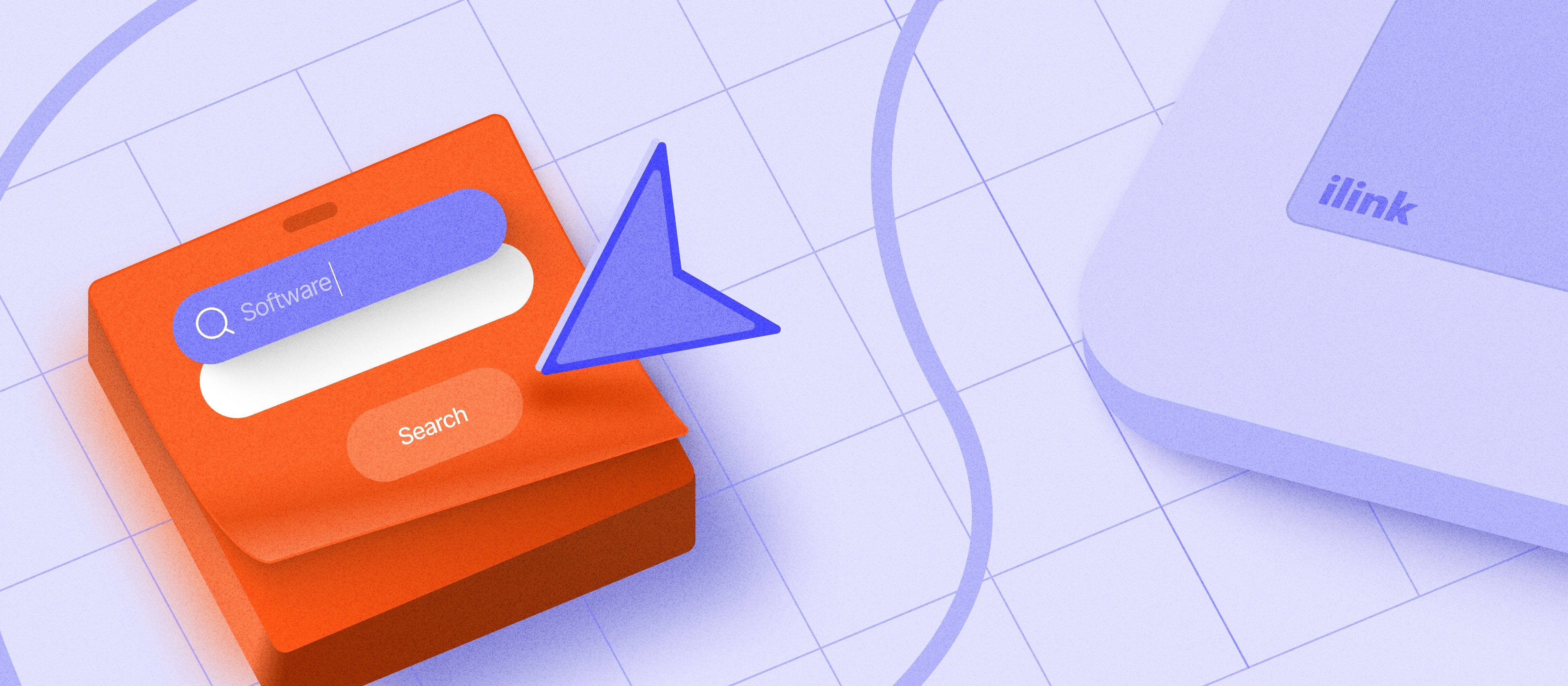Secure Software Development Best Practices

Introduction
In today’s digital world, every company relies on software to deliver products and services. But with growing cyber threats, the need for secure software development is greater than ever. Applications must not only function smoothly but also withstand attacks, protect sensitive data, and meet compliance standards. That’s why following proven software development best practices is critical for long-term success.
What Is Secure Software Development?
Secure software development means building applications with security integrated into every stage of the process. Unlike traditional methods where testing happens at the end, here security is a core priority from planning to deployment.
The goal is to ensure that systems remain resilient, user data is safe, and businesses can maintain trust. Whether you’re working on fintech platforms, blockchain apps, or enterprise systems, secure application development is essential to protect against vulnerabilities.
Common Security Risks in Software Projects
Before we look at solutions, it’s important to understand the threats that modern businesses face:
- Code vulnerabilities such as SQL injection or cross-site scripting;
- Weak authentication and poor access control;
- Unencrypted data during storage or transfer;
- Third-party risks from insecure libraries or APIs;
- Human error leading to misconfigurations or leaks.
These risks show why companies must adopt software security best practices to protect both their business and their users.
Secure Software Development Best Practices
1. Secure by Design
Plan security from the very beginning. Threat modeling, risk assessments, and compliance checks should happen during planning, not after development.
2. Strong Authentication and Access Control
Use secure coding practices to implement multi-factor authentication, role-based access, and the principle of least privilege.
3. Data Protection and Encryption
Encrypt sensitive information both at rest and in transit. This protects financial transactions, personal records, and company assets.
4. Code Reviews and Testing
Regular peer reviews, static analysis tools, and penetration testing ensure vulnerabilities are caught early. These steps are a cornerstone of software security best practices.
5. DevSecOps and Continuous Integration
Incorporate security into DevOps pipelines. Automated tests, monitoring, and continuous delivery make secure application development more efficient.
6. Regular Updates and Patch Management
Outdated libraries and software are major risks. Continuous updates and patching help keep systems secure.
7. Developer Training
Teams must stay up to date with the latest secure coding practices. Ongoing training ensures that security awareness becomes part of company culture.
Stages of Secure Software Development
Every project follows a lifecycle, and integrating security at each step is vital:
- Planning. Include threat modeling and compliance requirements.
- Design. Apply secure coding practices when preparing system architecture.
- Development. Follow software development best practices for safe, efficient coding.
- Testing. Add penetration testing, vulnerability scans, and code audits.
- Deployment. Secure environments, encrypt communication, and configure access properly.
- Maintenance. Monitor applications, release updates, and respond to incidents quickly.
By combining traditional steps with software security best practices, businesses build systems that remain strong over time.
Benefits of Secure Software Development
Adopting secure software development is not just about avoiding attacks. It brings measurable business advantages:
- Customer trust - users know their data is safe;
- Lower costs - fixing issues early is cheaper than responding to breaches;
- Regulatory compliance - meet standards like GDPR or PCI DSS;
- Competitive advantage - security becomes a selling point for fintech and blockchain projects.
Cybersecurity threats are not going away. Companies that adopt secure software development gain an edge by protecting users, meeting compliance, and ensuring product stability. By following software development best practices and integrating secure coding practices into every stage, businesses can deliver reliable, resilient products. In an age where trust and safety define success, secure application development is no longer optional, it’s essential.
Comments (0)
Latest Posts

From fintech and healthcare to e-commerce and logistics, companies are turning to AI application development services to build smarter, faster, and more adaptive solutions.

Software testing for banking is more than a technical step, it’s the backbone of trust, security, and compliance in digital finance.
Do You Have Any Questions?
Leave your details - we will contact you to answer all your questions

